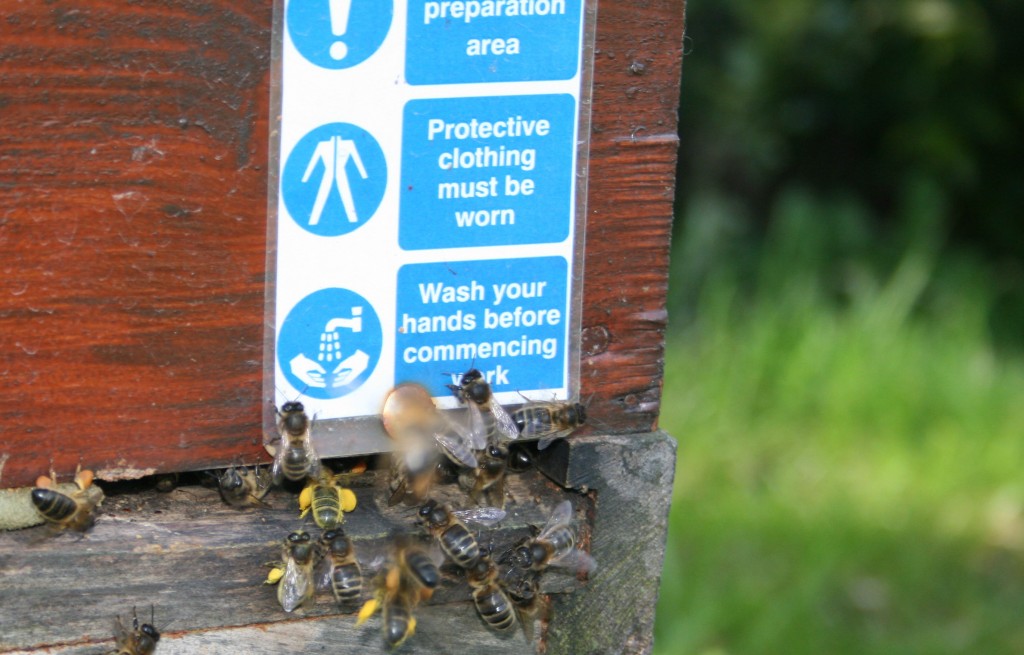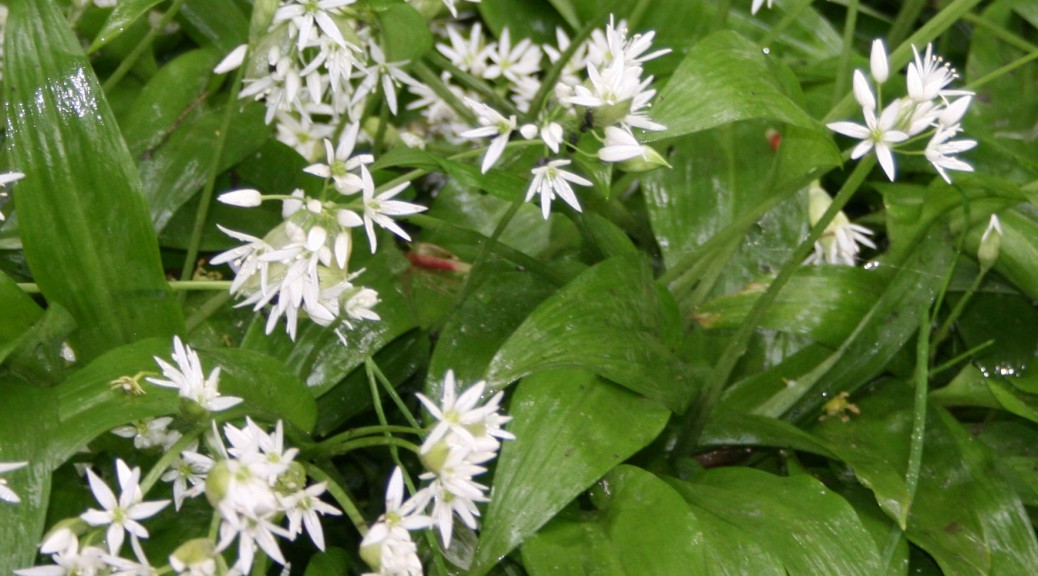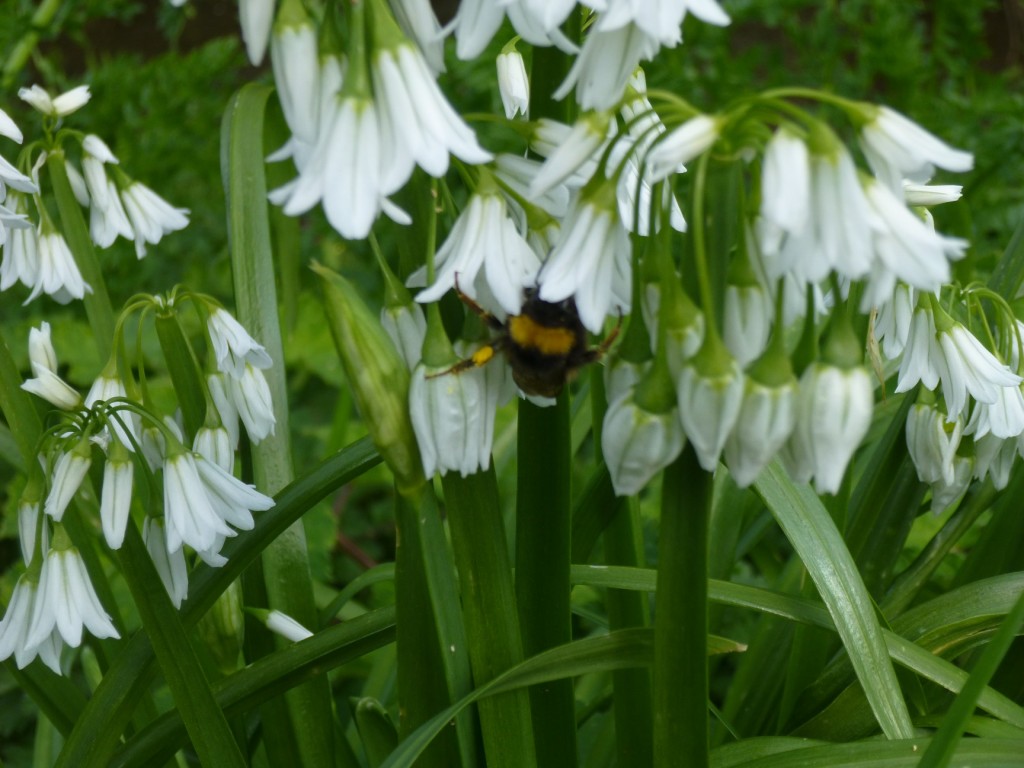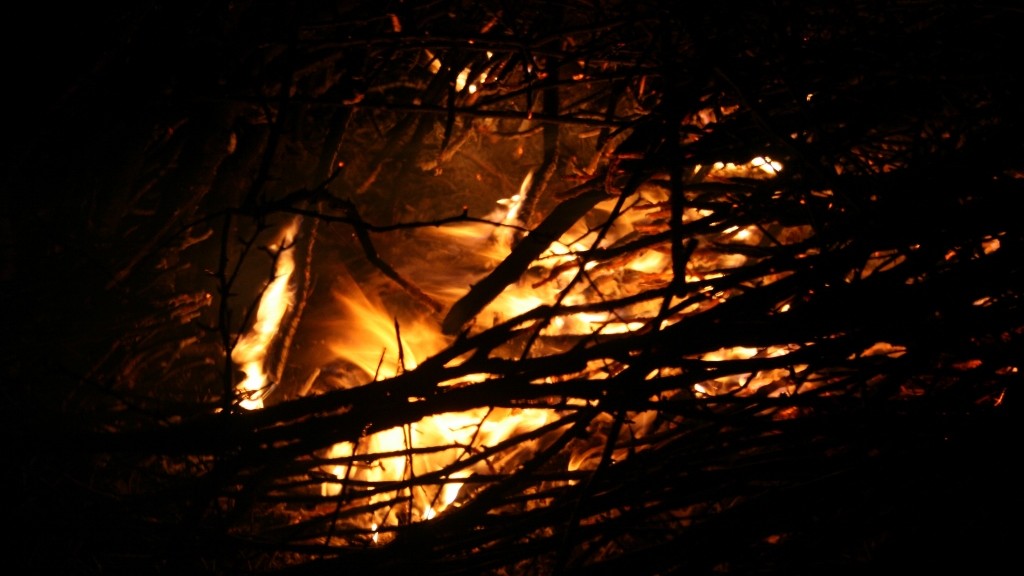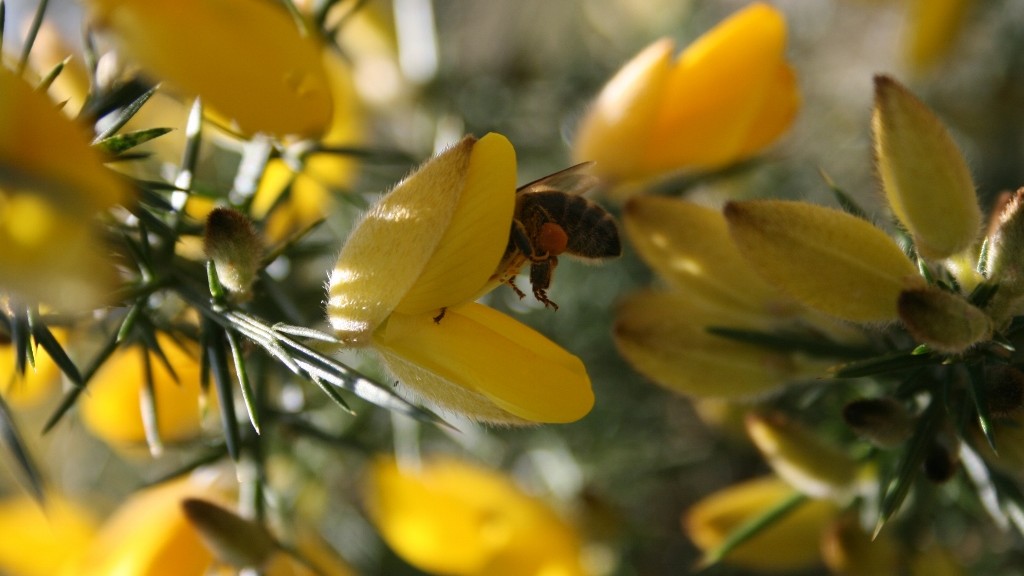Now is the time for spring inspections. In fact the time is nearly gone and if it hadn’t been for Eircom I’d have written about this at the end of March. However, if you haven’t already done so – next time your bees are flying freely you’d better get in there and take a look at them. Continue reading Spring Inspections
Willow Pollen
Lovely sunny day – 14 degrees and slack winds – a perfect day for spring bees looking for pollen.
Here’s a hectic picture of lots of pollen hurtling into the scale hive today.
- The yellow pollen loads are willow.
- The brown pollen loads are gorse.
Click the photo for a better view.
Copyright © Beespoke.info, 2014. All Rights Reserved.
Queen Marking Colours
There are five queen marking colours and they follow an Internationally recognised sequence depending on the last number in the year the queen was born.
The sequence is easily remembered with the following mnemonic ‘Will You Rear Good Bees‘.
- White – years ending 1 or 6
- Yellow – years ending in 2 or 7
- Red – years ending in 3 or 8
- Green – years ending in 4 or 9
- Blue – years ending in 5 or 0
Copyright © Beespoke.info, 2014. All Rights Reserved.
Wild Garlic
Like it or loath it – the wild garlic comes up like a green tide each spring. Personally, I like it. It’s a lovely pungent addition to salads and it makes a great pesto.
There are several species of wild garlic all of which are closely related to the garlic we buy in the shops (Allium sativum). Only 3 members of the garlic family are resident in Ireland, only two are of interest to the bees and only one is a true native but all of them are edible.
- Ramsons or Allium ursinum or ‘Bear garlic’- native Irish plant (see header photo above)
- Three Cornered Leek or Allium triquetrum – probably introduced from Europe 3 hundred years ago (photo below)
The bees visit both species although it’s nothing they’ll ever get a crop from, which is probably just as well.
Pollen loads are yellow as displayed by this very obliging, if slightly fuzzy, bumble bee seen here on some Three Cornered Leek or Allium triquetrum. Click it for a better view.
Copyright © Beespoke.info, 2014. All Rights Reserved.
First Swallow?
1st April 2016 – Maganey, Co.Kildare
14th April 2015 – Dunlavin, Co.Wicklow
22nd March 2014 – Maganey, Co.Kildare
Bees and Honey with a Scale Hive
A scale hive (or hive scale) is a beehive set on a weighing scales so you can observe the daily change in weight.
Usually this means constructing a special stand which will accommodate the scales upside-down over a series of mirrors set like a periscope so the daily change of weight can be read from above. If you are manually inept or technologically minded or both, it is possible to buy a special solar-powered, digital scale hive which will allow you to monitor your bees from a distance – probably via a satellite – the mind boggles! Continue reading Bees and Honey with a Scale Hive
Winter Losses
It has been a good winter for the bees and there have been very few losses. However, what do you do if you find a hive of your bees has died out?
Well, the first thing to do is find out why they died because whatever killed them could still be lurking in there; if you can pin down the cause of death then you will know what to do with the hive.
Look for the two most obvious things first:
- Starvation
- Poor queen
Much will depend on the time of year they died… Continue reading Winter Losses
Hellebore Pollen
Gorse Pollination
Here’s an interesting photograph – the bee in the photo above is being hoisted aloft inside a gorse flower (Ulex europaeus) by the spring-loaded pollination-paraphernalia. Note the brownish orange pollen load.
In the picture below you can see the bee reversing out with its belly covered in pollen. Click the picture for a better look. Continue reading Gorse Pollination
Bee Viruses
Viruses are the smallest of all the micro-organisms. There is debate about whether they are really alive or just tiny machine-like bundles of protein which function only in response to physical forces. They have no independent metabolism and are unable to live or reproduce on their own. Instead the modus operandi of viruses is to penetrate a cell wall of the target creature and head for the nucleus which is then hi-jacked and coerced into manufacturing more viral particles; the cell becomes a virus factory. Generally when the cycle is over, the cell will rupture and millions of new viruses will float or seep out into the environment. Continue reading Bee Viruses
